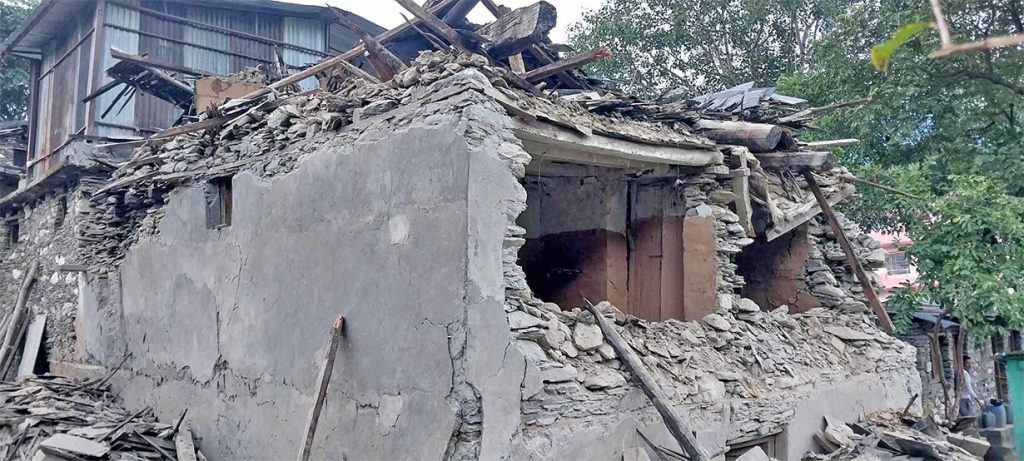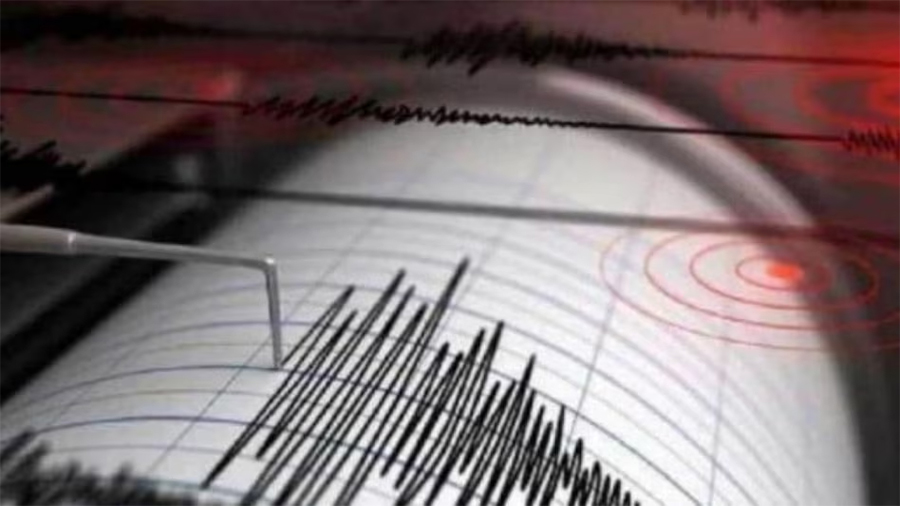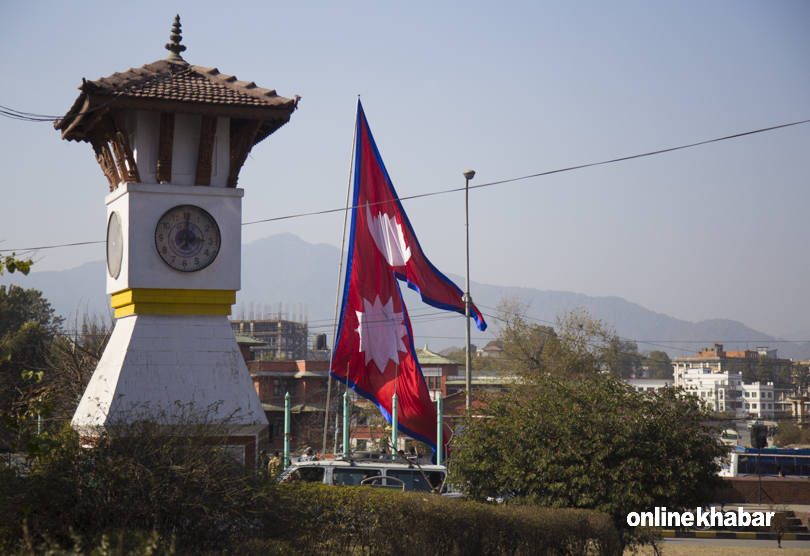
According to Chinese state television CCTV, the quake caused significant damage in Dingri County, with many buildings reduced to rubble. Reports indicate that the region surrounding Shigatse, Tibet’s second-largest city, has experienced 29 earthquakes of magnitude 3 or higher over the past five years.
Why are earthquakes frequent in Nepal and Tibet?
The Himalayan region is one of the world’s most seismically active zones, created by the collision of the Indian and Eurasian tectonic plates. The Indian plate moves northward by approximately 5 cm annually, pushing against the Eurasian plate. Unlike other regions where such interactions occur between oceanic and continental plates, the Himalayas witness the collision of two continental plates, creating immense geological stress.
This stress not only elevates the Himalayan peaks but also accumulates beneath the Earth’s surface. When the pressure surpasses the capacity of the rocks below, it results in an earthquake.
Experts note that the Himalayas face a high risk of seismic activity. Nepal experiences about ten minor earthquakes of magnitude 2 or more daily. Its upper geological layer consists of unstable rocks that amplify seismic effects, further weakening the land post-quake.
Vulnerability of the Himalayan Region
The Hindu Kush-Himalayan region, stretching from Afghanistan to Myanmar, is highly sensitive to earthquakes. With an 800 km stretch of the Himalayas passing through Nepal, the country bears a third of the seismic impact in this area. Earthquakes in the Himalayas pose additional risks such as landslides and glacial lake outbursts, increasing the likelihood of disasters.
An ICIMOD study identified 47 potentially dangerous glacial lakes in Nepal, India, and China. Among these, 21 are in Nepal, 25 in Tibet, and one in India. The rupture of these lakes could cause catastrophic damage.
Urban risks and historical earthquakes

Densely populated urban areas like Kathmandu are particularly vulnerable due to disorganised infrastructure development and inadequate adherence to building codes.
Nepal has a history of destructive earthquakes. The 2015 Gorkha earthquake (magnitude 7.8) killed nearly 9,000 people and caused billions in damages. Similarly, Tibet experienced a 6.9-magnitude earthquake in 2011, killing over 100 people. Historical records also highlight the devastating 1934 Nepal-Bihar earthquake, which claimed 16,000 lives—8,000 each in Nepal and Bihar.
Recommendations for seismic safety

Experts suggest the following measures to mitigate earthquake risks:
- Stringent Building Codes: Ensure the construction of earthquake-resistant structures and strict adherence to building standards.
- Early Warning Systems: Develop systems to alert the public of impending seismic activity.
- Public Awareness: Increase education about safety measures during and after earthquakes.
- Regional Collaboration: Share data and expertise among countries for better seismic risk management.
Despite recurring seismic events, preparedness in the Himalayan region remains inadequate. Challenges include weak enforcement of building regulations, ineffective early warning systems, and low awareness of earthquake safety. Addressing these gaps is crucial to minimizing the impact of future disasters.




















